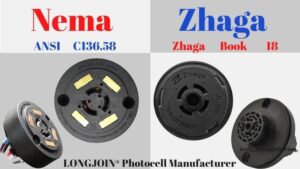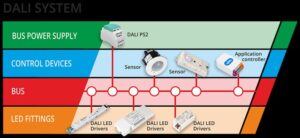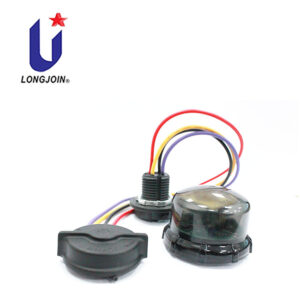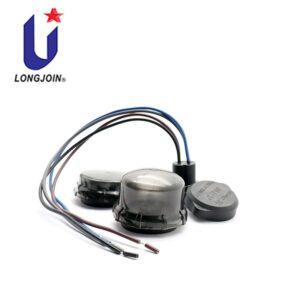NEMA vs Zhaga: come le prese di illuminazione intelligenti stanno rimodellando il futuro dell'illuminazione stradale a LED globale
Introdurre
A small socket is quietly transforming the future of 28 billion streetlights worldwide.
Today’s smart cities are changing. Streetlights are no longer simple lights. They now act as clever hubs for communication. Cities today need lighting that saves energy and adapts. It also collects and shares valuable data. This change comes from two standard interfaces. They are the NEMA socket and the Zhaga socket.
These standard interfaces allow plug-and-play upgrades for sensors, controllers, and photocell units. You can add new features fast without big, expensive rebuilds or downtime. These small parts cut energy waste and boost public safety. They power upgrades in infrastructure around the world.
Why Are Standardized Lighting Interfaces Critical for Modern Cities?
Before standard interfaces, cities faced mismatched parts and brand-locked plugs. Replacements were often costly. These issues cause long downtime. Lighting control becomes inefficient too. Modern cities need flexible, future-ready systems. They must adapt as technology keeps rapidly evolving.
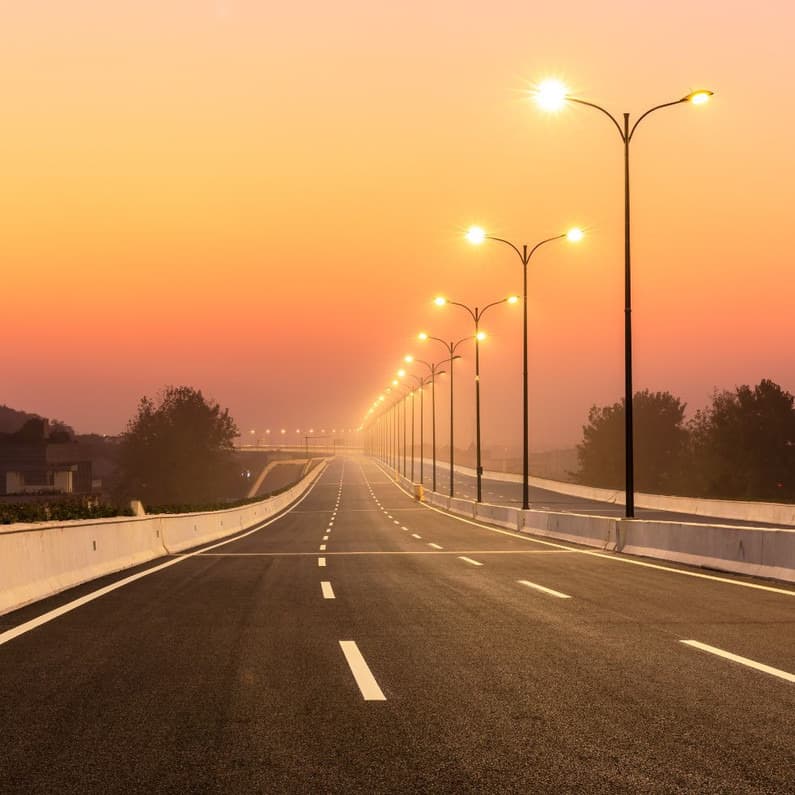
NEMA and Zhaga unite the hardware and power links. So any module—like a photocell, radar sensor, or wireless node—fits in and works with ease across systems. This open-architecture design simplifies buying. It speeds upgrades and works with many different brands.
Case Study Insight: Cities that have adopted standardized sockets report:
- 30% risparmio energeticovia adaptive dimming
- 80% faster maintenancethanks to tool-free replacements
- A notable reduction in lifecycle costs
What Is the Difference Between NEMA and Zhaga Sockets?
Here’s the key difference. It’s about design focus, power supply, and where each one works. NEMA sockets are common in North America and fit retrofits well today. Prese Zhaga are smaller and more discreet, often chosen for new smart installations in Europe and Asia.
Know the differences, and planners pick the right fit. They avoid overspending and protect future upgrade paths.
Caratteristica | NEMA (ANSI C136) | Zhaga Libro 18 |
Misurare | ~80mm, top mount | ~40mm, side or top mount |
Power | AC 120-277V | DC 12-24V (low-voltage, safer) |
Protocols | 0-10V, some DALI | Native DALI-2 / Zhaga-D4i |
Applications | North American municipal projects | Europe/Asia, smart parks, indoor projects |
Flessibilità | Photocells, RF modules, controllers | Environmental sensors, BLE, radar modules |
Consiglio da professionista: Con China’s 2024 national lighting standard recognizing both, manufacturers of photocells can now design products for truly global deployment.
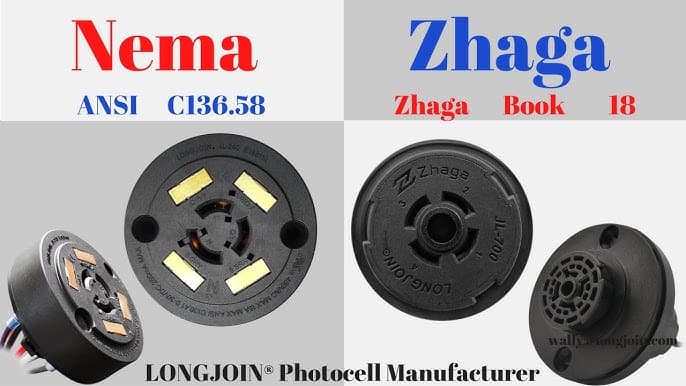
How Do NEMA and Zhaga Enable Smarter Street Lighting?
Smart lighting is more than light. It brings control, efficiency, and connectivity. NEMA and Zhaga act like USB ports for streetlights, making upgrades and module swaps simple.
IL Long-Join JL-721NP Zhaga photocell controller is a perfect example, featuring:
- Dual light + radar sensorsfor precision control
- Rilevamento guastiwith instant alerts
- IP67 weatherproofingfor durability
With these interfaces, cities can upgrade step by step. They move from dusk-to-dawn photocells to multi-sensor IoT nodes without changing the luminaires.
How Does This Technology Impact Energy Efficiency and Maintenance?
Energy savings and reduced maintenance costs are the two most immediate benefits. Adaptive lighting reduces unnecessary consumption, while quick module swaps eliminate long downtimes.
Beneficio | NEMA Socket Impact | Zhaga Socket Impact |
Risparmio energetico | Adaptive dimming with photocell lighting sensors | Precision control via advanced sensor modules |
Manutenzione | Quick replacement of failed controllers | Tool-free swaps without shutting off power |
Data Integration | Compatible with photocontrol receptacles | Enables environmental and traffic data capture |
In Moscow, Zhaga-enabled lights with car presence sensors cut traffic congestion by 25%—showing how data integration can go beyond illumination.
Which Socket Should You Choose for Your Project?
The choice depends on project type, existing infrastructure, and long-term goals. NEMA remains the go-to for legacy systems, while Zhaga is gaining ground in compact, modern designs.
Project Type | Best Choice |
North America retrofit projects | NEMA socket for backward compatibility |
Smart parks / pedestrian zones | Zhaga for smaller, discreet designs |
Global export projects | Dual-interface models (e.g., JL-712B2) |
If your aim is a photocell street light upgrade, NEMA supports traditional compatibility, while Zhaga delivers compact versatility.
How Does This Connect to the Future of Smart Cities?
These sockets allow plug-and-play upgrades. They turn basic lights into smart data hubs. Using a photoelectric sensor or photocell sensor LED street light, cities can:
- Gather real-time parking availability data
- Monitor air quality
- Integrate with renewable energy sources
This flexibility boosts IoT growth. It makes lighting a core part of urban digital infrastructure.
Streetlights will do more than light streets. They will become the city’s simple, shared sensor network. Each pole uses light sensors and wireless links. It sends real-time updates on traffic flow, weather changes, and public safety alerts when needed.
NEMA and Zhaga use standard sockets. As new smart tech appears, cities can add it easily without replacing any old systems. This flexibility cuts e-waste and boosts investment returns. It enables phased upgrades without overwhelming budgets.
Beyond efficiency, this is about resilience. When systems are modular and work together, cities adapt fast to needs. They add air quality monitors in a pollution crisis or switch on emergency lighting during power cuts.
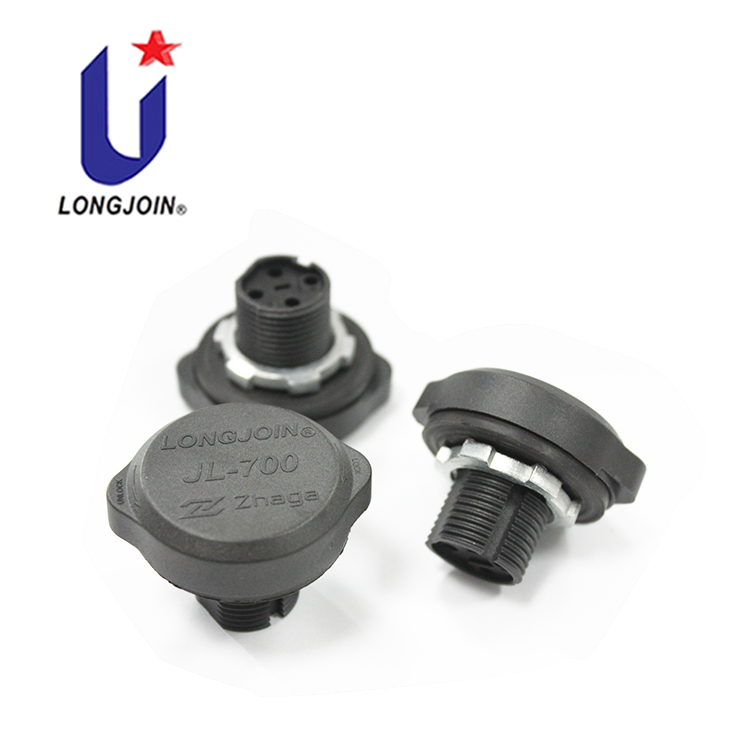
How Do Standardized Sockets Support Sustainability Goals?
For city planners, sustainability isn’t optional anymore. It’s required today. Upgrades that keep good light fixtures out of the trash help. They save money and protect the environment at once. Standardized sockets let us reuse fixtures. That slashes material waste.
Pair these sockets with LED street-light photocells and adaptive controls. You use less energy, and that drop turns straight into lower carbon emissions. Many cities switch to LED streetlights with smart photocells. They often report energy use falling by as much as 60 percent.
Also note this. Sustainability efforts extend to procurement, too. Interoperable designs let cities source parts from multiple suppliers. It reduces environmental impact of shipping and production by choosing local or regional manufacturers when possible.
Conclusione
Da dusk-to-dawn sensors to full IoT control nodes, NEMA E Prese Zhaga raise the bar. Cities now expect far smarter, safer, and cheaper street lights.
The question isn’t if cities will adopt standardized lighting interfaces—it’s how fast they can make the change.
Ready to upgrade? Contact Long-Join Electronics to explore our NEMA & Zhaga-compatible photocells, prese fotocontrollate, E smart lighting controllers designed for global deployment.
Link esterni:
●https://www.turnk.co/en/articles/the-expansion-of-the-internet-of-things-iot-and-its-revolutionizing-applications
●https://www.flir.com/discover/traffic/urban/smart-traffic-sensors-help-alleviate-city-congestion-in-moscow-russia/?srsltid=AfmBOoqxdruMxqe0YBPHsD_AGVDEsEASgCUO9MvWV4laQcWZcj9Kptpr
●https://www.codeofchina.com/standard/GBT50034-2024.html
●https://www.zhagastandard.org/index.php?option=com_content&view=article&id=340:zhaga-enables-iot-upgradeable-outdoor-led-lighting-fixtures&catid=22
●https://www.nema.org/standards/technical/the-abcs-of-conformity-assessment/faqs-product-certification-and-testing

